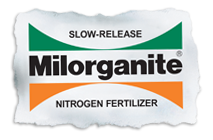Why Is Moss Taking Over My Lawn and Garden?
- horticulturist and gardening expertMay 3, 2025
When moss appears in your lawn or garden, your first response may be to kill it and replant grass and garden plants. Unfortunately, this is just a temporary fix as the moss will return unless you improve the growing conditions. Although annoying, moss does benefit the environment by growing where other plants can’t, covering and protecting the soil from erosion, and providing habitat for various organisms. Some gardeners have embraced its beauty and ability to thrive in adverse growing conditions, using it to help beautify their landscape and home décor.
What is Moss?
This ancient plant is different from other plants growing in your gardens. It lacks the vessels that move water and nutrients from the soil to the rest of the plant. Instead, it absorbs water and nutrients directly through its leaflike structure. When you peel back the moss, you will find fine hair-like strands called rhizoids that anchor the moss to the soil, rock, log, or whatever item it is sitting upon. You won’t find flowers and seedpods on moss but rather a spore-producing structure, sporophyte, that releases spores into the environment to start new plants.
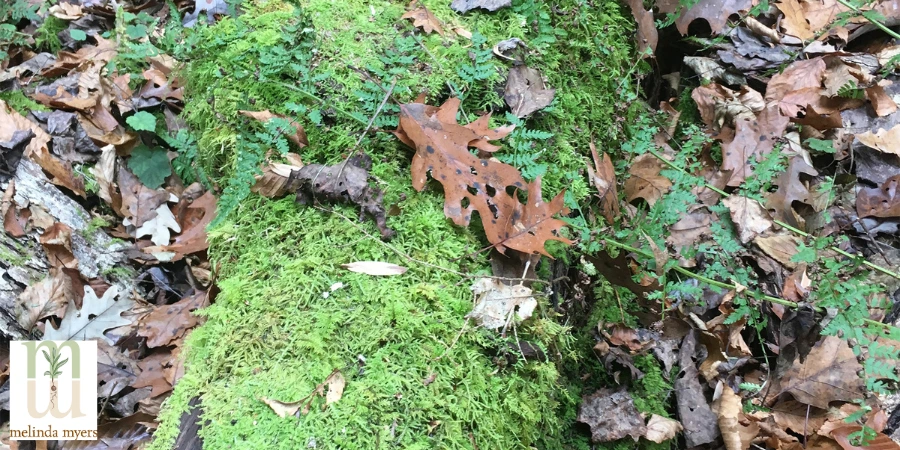
Moss on a log
Why is there Moss in Your Lawn or Gardens?
The answer to this question can be found by evaluating the growing conditions in your lawn and garden beds. When moss is found, it means the growing conditions are too stressful for lawn grass and garden plants. The moss does not kill your lawn or desirable plants but rather moves in, filling the voids left when the stressed lawn grass or garden plants die. Most mosses thrive in shady, damp areas with compacted, poorly drained acidic soils that other plants can’t tolerate. You may also find moss growing in sunny areas, especially after a cool, wet spring.
Removing and Stopping Moss from Growing in Lawns and Gardens
Use a garden rake to remove unwanted moss and expose bare soil. Then work on improving the growing conditions for your lawn and gardens. If you don’t, the moss will keep returning. The key to eliminating moss is correcting the poor growing conditions, which stress your lawn and garden plants.
Start with a soil test. Moss is usually a problem in acidic, infertile soil. A soil test will tell you what, if anything, is needed to adjust the soil pH and improve the soil’s fertility. Soil pH influences nutrient availability to plants. Slightly acidic soil is ideal for most plants, but when the pH significantly drops or rises above this, certain nutrients the plants need to thrive are not readily available. Lime is used to raise the pH of acidic soils, making necessary nutrients more available to the plants. Overliming limits the availability of other necessary plant nutrients, negatively impacting plant growth. It is difficult and takes time to lower the pH of soils to a more desirable level when they have been over-limed. Follow soil test recommendations to achieve the needed results to grow a healthy lawn and garden.
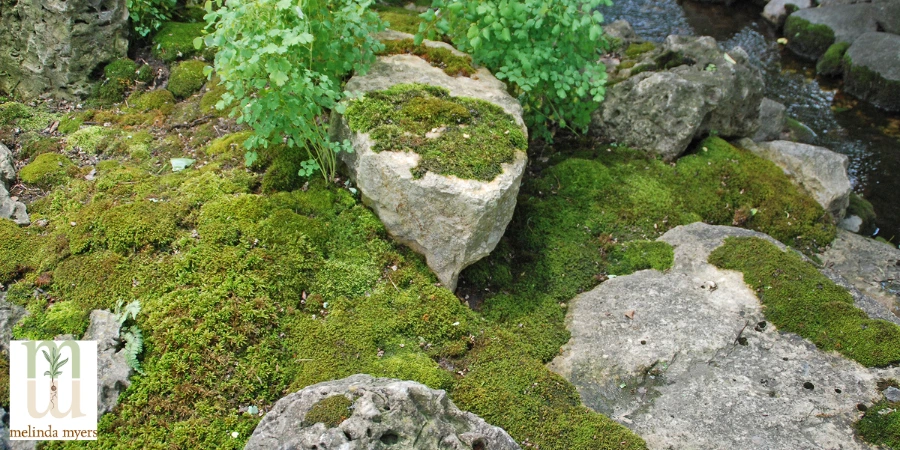
You must also reduce soil compaction and improve drainage to discourage moss and improve your lawn and gardens. Aerate the lawn when it is actively growing. Topdress after aerating by spreading ¼ to ½” of compost over the soil surface. This combination helps improve drainage and adds organic matter to the soil. If this does not work, you may need to reseed problem areas of the lawn. Remove moss, grass, and weeds and incorporate several inches of organic matter into the top 6 to 8” of soil before re-seeding.
Be careful when working under trees. The majority of tree roots are in the top 6 to 18 inches. Adding soil over the roots or tilling organic matter into the soil under the tree can damage the roots needed to absorb water, nutrients, and oxygen. Instead, aerate the soil under the tree canopy and fill the holes with compost.
Using slow-release Milorganite to fertilize lawns and gardens promotes balanced above and below-ground growth. It contains 85% organic matter to help improve the soil as well as feed your plants.
Once the soil is improved, evaluate the amount of sunlight reaching the areas where moss was a problem. If you have improved the soil, tried growing a shade-tolerant grass that failed, it’s time to try shade-tolerant groundcovers instead. If it is too shady for these plants, covering the bare soil with organic mulch may be the best option. The same applies to garden beds. Once the soil is improved, replace struggling plants with more shade-tolerant ones. Creating a shade garden can provide season-long beauty to your landscape. If moss is still thriving, consider embracing it as a solution to protecting the soil in the less-than-ideal growing conditions.
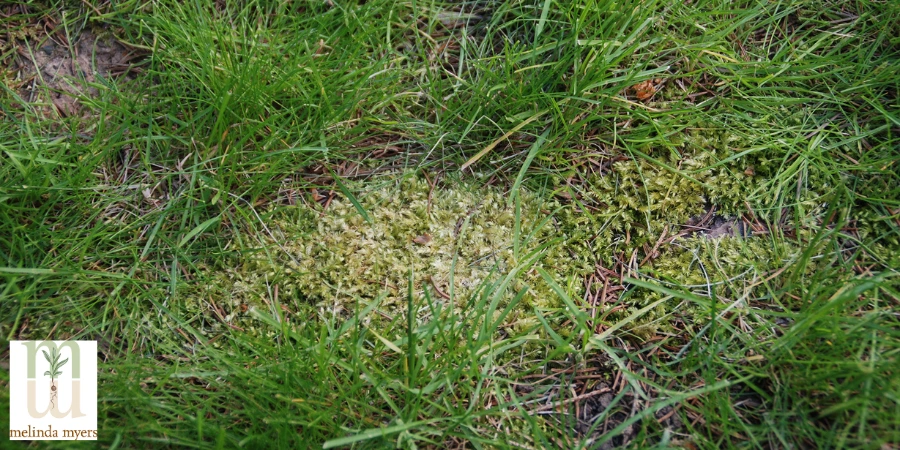
You may opt to have the trees thinned to increase the amount of sunlight reaching the lawn and gardens below. Consider hiring a certified arborist with the knowledge and equipment to thin the tree canopy properly, allowing more light through without harming the health and beauty of the tree. You can find a certified arborist working in your area at Trees are Good.
Growing a Moss Garden
You may decide to take advantage of moss’s ability to grow in poor conditions and create a moss garden instead. You can purchase moss or harvest it where it’s not wanted, with permission, of course, and plant it in areas where you want it to grow.
When purchasing moss from a reliable source, they will provide information on the best moss for your situation. Follow their step-by-step directions for the best results.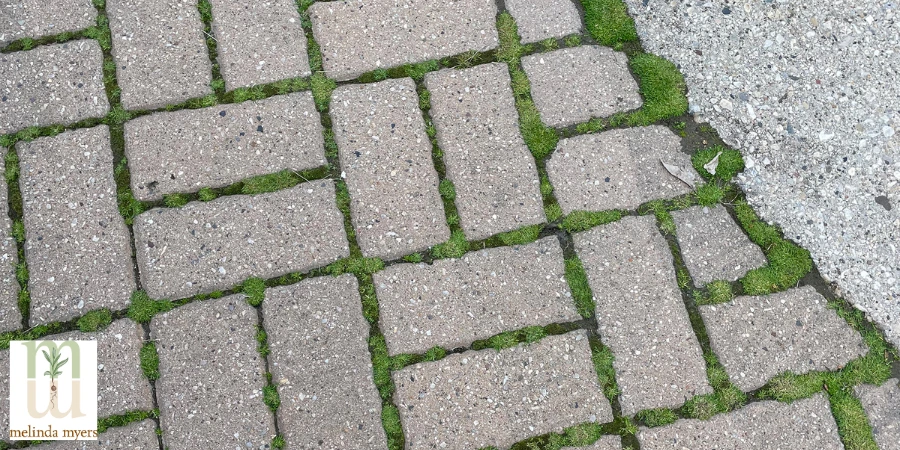
You can also harvest moss growing in similar conditions to the area where you plan to move it. Slide a flat shovel under the moss to remove it along with a thin layer of soil. Don’t be alarmed if it falls into smaller pieces; these can also be used. Clear the area to be planted of rocks, twigs, and debris. Rake the soil smooth so the moss can completely contact and connect with the soil surface.
Lay the strips of moss just like you would sod for quick cover. Or cut it into smaller pieces and space them out, allowing you to cover a larger area. The further apart the moss is placed, the longer you will be looking at bare soil. Firmly press the moss in place to remove air spaces and ensure sufficient moss-to-soil contact. Loose pieces of moss removed with a rake can be scattered over the soil surface and pressed into place.
Water the moss often enough to keep it wet. Check soil moisture daily and water thoroughly as needed. The moss will go dormant and may die if allowed to dry completely. Gradually reduce watering to once a week, and once fully established, you may only need to water during dry weather.
Be persistent with watering and be patient. Depending on the care and moss species, it can take six months to two years for the moss to double in size.
Whether eliminating moss or growing it, or a lawn or garden, start by matching the plant to the growing conditions. Improving the conditions as needed and providing the proper care is key to success.

